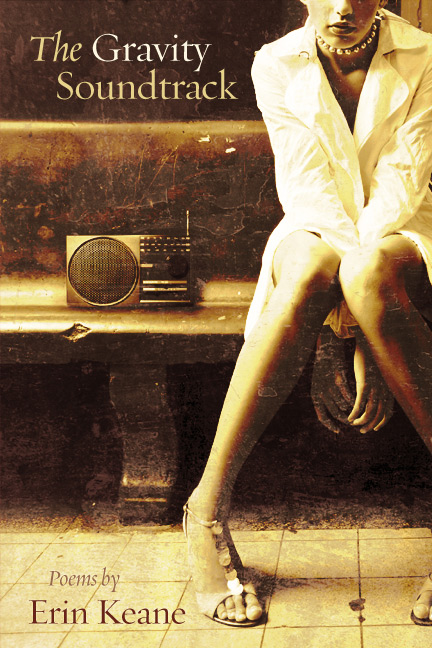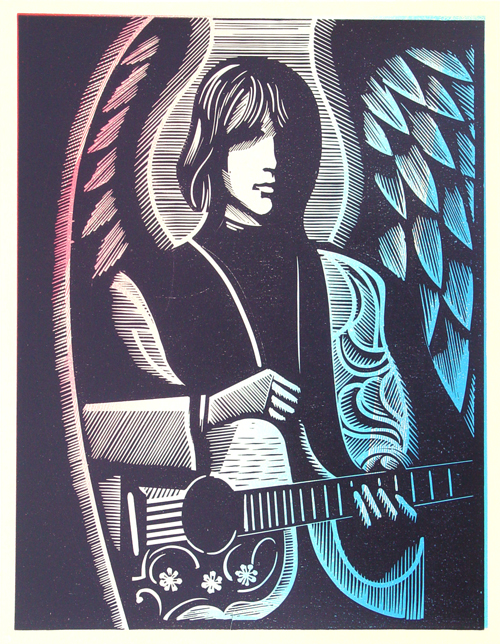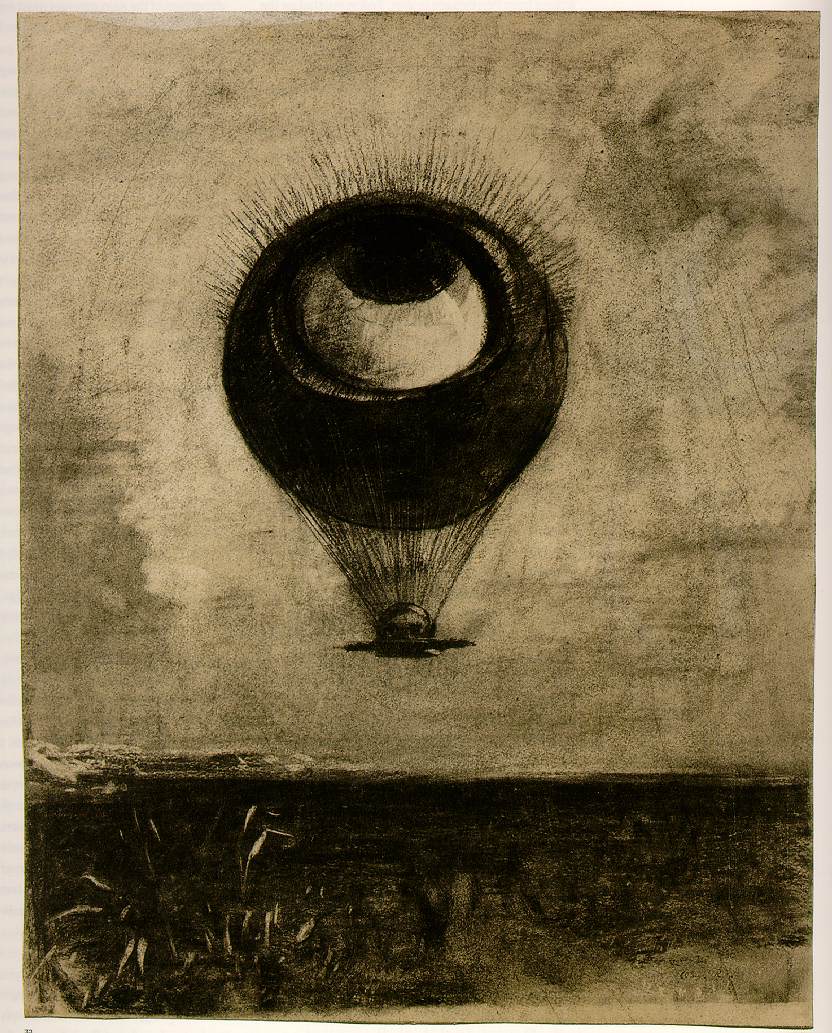
I've mentioned
John Bell a number of times as we've discussed hymns and hymn writing in class. A member of the
Iona Community in the UK, Bell is, to my mind, one of the best writers and teachers of contemporary hymnody. Two of his books, The Singing Thing (2000) and The Singing Thing Too (2007) form essential reading for those interested in how the church might sing well and with integrity. Below is a summary of his reasons for singing (and reasons why some of us don't sing) from The Singing Thing. The non-Bell quotations are my additions. I hope this spurs you along as you try your hand at hymn lyrics.
 Ten Reasons We Sing*
Ten Reasons We Sing*“Let the word of Christ dwell in you richly in all wisdom; teaching and admonishing one another in psalms and hymns and spiritual songs, singing with grace in your hearts to the Lord.” --Colossians 3:16, KJV
1) We sing because we can, because it is a uniquely and essentially human thing to do.
“Music is about as physical as it gets: your essential rhythm is your heartbeat; your essential sound, the breath. We’re walking temples of noise, and when you add tender hearts to this mix, it somehow lets us meet in places we couldn’t get to any other way.” --Anne Lamott, from Traveling Mercies: Some Thoughts on Faith
2) We sing to create and reflect our identity.
“Singing functions for Mennonites as sacraments do in liturgical churches. Singing is the moment when we encounter God most directly. We taste God, we touch God when we sing. It is an occasion of profound spiritual experience, and we would be bereft without it. --Marlene Kropf and Kenneth Nafziger, from Singing: A Mennonite Voice.
“It is not you that sings, it is the church that is singing, and you, as a member. . . may share in its song. Thus all singing together that is right must serve to widen our spiritual horizon, make us see our little company as a member of the great Christian church on earth, and help us willingly and gladly to join our singing, be it feeble or good, to the song of the church. --Dietrich Bonhoeffer, from Life Together
3) We sing to express emotion.
“Music is to be praised as second only to the Word of God because by music are all the emotions swayed. Nothing on earth is more mighty to make the sad happy and the happy sad, to hearten the downcast, mellow the overweening, temper the exuberant, or mollify the vengeful.” –Martin Luther
4) We sing to express language.
What language shall I borrow to thank Thee, dearest friend,
For this Thy dying sorrow, Thy pity without end?
O make me Thine forever, and should I fainting be,
Lord, let me never, never outlive my love to Thee.
-- Bernard of Clairvaux, 1153; trans lated from Latin to German by Paul Gerhardt; and from Latin to English by James W. Alexander, 1830.
5) We sing to remember our past (and thus to shape our future).
“We are creatures of our past. We cannot be separated from it, and although we cannot always remember it, songs will unexpectedly summon portions of it into mind. If this is true of secular ballads, it is even more true of Christian songs and hymns, especially those which have been in currency since childhood. . . . What we learn in childhood we retain all our life and the images of God we receive from such songs will determine our faith and theology. That means that whenever anyone teaches a child a hymn or religious song, they may be preparing that child to meet his or her Maker. Does that seem too extreme?”
--John Bell, from The Singing Thing
“Singing in church is not the religious equivalent of television commercials to offer relief between prolonged periods of speech. Singing in church is a means by which the worship of those committed to Christ is enabled to happen with engagement and integrity.” –John Bell
6) We sing to tell stories.
7) We sing to shape the future.
8) We sing to enable work.
9) We sing to exercise our creativity.
10) We sing to give of ourselves.
Four Reasons Why Some of Us Don’t/Won’t Sing*1) Vocal Disenfranchisement
“God . . . never asks people to do what they cannot. When God asks us to sin a new song, it is because God believes that we can. Is it as simple as this? Yes. It is as simple as this. The much more complex matter is for musicians to stop telling children and teenagers whose voices haven’t matured or are temporarily dysfunctional that they can’t sing. And it is even more difficult for musicians—in the face of their academic training and desire to demonstrate choral and vocal technique---to believe that simply by including everyone in the song, and by willing people to sing together, the groaners and the tuneless folk will find their voice.” --John Bell
“The rise of gospel pop also revealed a popular redefinition of the emotions deemed proper in worship. Reverence, contrition, and perhaps a subdued sense of exaltation and had been the only approved emotions in Protestant worship . . . But the new music demonstrated that exuberant excitement and other ‘thrills’ could be a legitimate part of worship. While traditionalists tried to induce reverence by making church music as different from popular fare as possible, evangelical teenagers tried to make worship more fun than a school dance . . . gospel pop functioned as an emotional ‘cover’ that allowed the ecstatic release found in black, Pentecostal, and holiness spiritualities to reenter the world of white evangelical restraint. Theological judgments will necessarily vary regarding how faithfully this music communicated the essence of the Christian faith.”
--Thomas E. Berger, “The Youth for Christ Movement and American Congregational Singing”
2) The Fallout from a Performance Culture
“ Congregational song is a gift of God, with power to uplift, transform, refresh and recreate the heart and soul. As good stewards of the musical gifts God has given us we sing with energy and vigor. Our music-making usues the talents, skills and resources of the congregation. Worship is a participatory activity, a congregational activity, not a performance by the pastor or worship leader or choir or worship band or song leader.” --Heidi Regier Kreider, from “Music in the Church
“In order that the people of God can be summoned to sing, the Church has to ensure that it does not, in the way of the world, get performance and participation mixed up. In this respect, it would be salutary to enquire of church musicians what proportion of their time is spent preparing to engage the whole congregation in song over against the time spent honing their own instrumental or vocal skills.” --John Bell
3) Places and Spaces
“A new organ, a new praise group, a bigger choir will not make a congregation sing any better if they are encouraged to sit all over a church, preserving the maximum private space around themselves. Public worship is not private devotion, and ministers and musicians have to be clear that encouraging this kind if individualism is the enemy of corporate liturgy and community singing. When people are encouraged to sit close to each other and sing together, they will make a good sound even in the dullest of buildings . . . but where they loll in splendid isolation in their favoured pews, they simply cannot fulfill the mandate to praise their Maker as the community of God has chosen.”--–John Bell
4) Bad Leadership
“Worshiping God is not simply a good thing to do; it is a necessary thing to do to be human. The most profound statement that can be made about us is that we need to join with others in bowing before God in worshipful acts of devotion, praise, obedience, thanksgiving, and petition. What is more, when all the clutter is cleared away from our lives, we human beings do not merely need to engage in corporate worship; we truly want to worship in communion with others. All of us know somewhere in our hearts that we are not whole without such worship, and we hunger to engage in that practice. Thus, planners of worship do not make worship meaningful; worship is already meaningful. We do not manufacture worship that addresses people’s deepest needs; true worship already meets those needs. Our job, then, is to get the distortions out of the way and to plan worship that is authentic, that does not obscure, indeed that magnifies, those aspects of true worship that draw people yearning to be whole. - Thomas G. Long, Beyond the Worship Wars: Building Vital and Faithful Worship
*Adapted from John Bell’s The Singing Thing: A Case for Congregational Song. Chicago: GIA Publications, 2000.






























